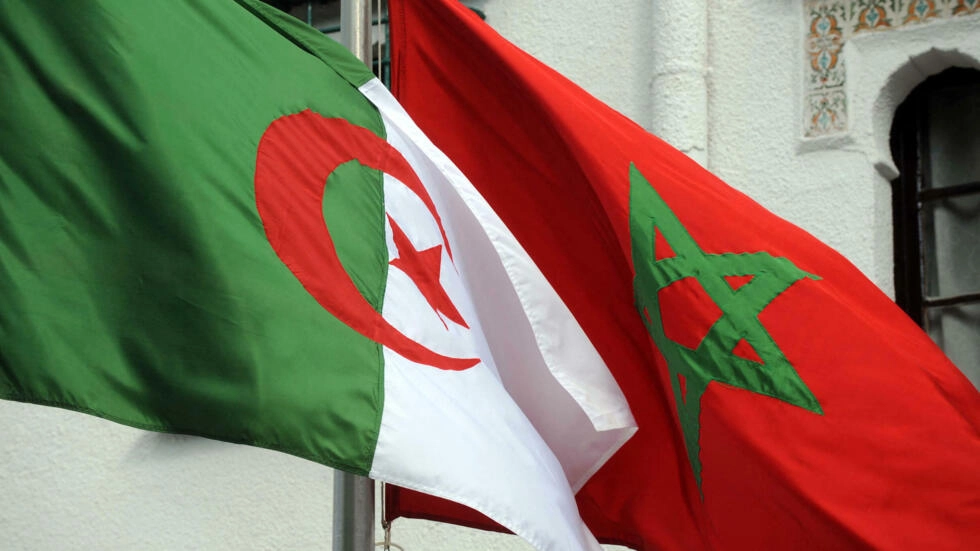Algeria’s Central Bank, trying to keep inflation under control, has put large amounts of money into circulation to cover the budget deficit and avoid relying on international lenders.
Algeria’s Central Bank, trying to keep inflation under control, has put large amounts of money into circulation to cover the budget deficit and avoid relying on international lenders.
The country’s commitment to “economic nationalism” distinguishes it from neighbouring countries such as Tunisia and Egypt, which introduced painful reforms tied to loan deals from the International Monetary Fund (IMF).
Its “easy money” policy is part of a bold, 5-year government action plan to balance the budget by 2022. The blueprint, spearheaded by Prime Minister Ahmed Ouyahia, includes borrowing money from the Central Bank to finance the budget deficit due to lower energy earnings after the price of oil dropped.
Rising oil prices since the last quarter of 2017 helped mitigate the policy’s risk. Oil and gas exports account for 95% of Algeria’s sales abroad and 60% of the state budget.
The Algerian government in July announced impressive financial gains despite widespread criticism — including from the IMF and World Bank — of its policies.
Algeria’s National Office of Statistics said the country’s jobless rate had fallen 0.6% to 11.1% during the first three months of this year. The economy grew 1.3% during the same period and inflation slowed to 4.6% versus 5.6% the previous year, the office added.
The IMF and the World Bank argued Algeria’s “easy money” policy would weaken the economy and cause inflation to skyrocket, pointing to hard-hit Venezuela as an example.
However, the African Development Bank, in a July report on Algeria’s economic outlook, said the country’s budget deficit would drop to 3% of GDP this year and to 0.3% in 2019. The country’s budget deficit was 6.4% of GDP in 2017, 12.6% in 2016 and 15% the previous year.
The report cautioned that if funds “are not managed parsimoniously, the Government Action Plan’s option to print money could push inflation well past the projections of 4%-5.3% for 2017-19.”
French state credit insurer Coface predicted in its risk assessment for July that “the Algerian public accounts should benefit from the improvement in the oil market conditions but this should not lead to a contraction in the deficit in 2018.”
“Subsidies and social expenditure should not be abolished with the exception of lower energy costs, which should lead to higher gas and oil prices at the pump,” the assessment read. “The government deficit is likely to be financed directly by borrowing from the central bank. Public debt is expected to increase accordingly.”
Coface argued that “Algeria’s economic slowdown is starting to have an effect socially, which will prompt the government to continue its generous policy of social transfers to the detriment of fiscal consolidation. Political groups are preparing for the 2019 presidential election.
The Algerian Central Bank said the country’s main challenge would be “continuing to ensure the stability of prices within an environment of substantial and persistent surplus of liquidity.”
To tackle rising inflation, the Central Bank took the unusual step of introducing monetary policy measures to absorb liquidity. The Central Bank took out 25% more liquidity from the system in the first quarter of 2018 while doubling the minimum mandatory financial reserves for commercial banks to 8% in January, which it upped another 2% in March.
That means banks must deposit at least 10% of the money deposited by retail or commercial customers with the Bank of Algeria.
“That policy by the Central Bank means it takes back by the left hand what it gives with the right hand,” said financial expert Meziane Rabah.
The liquidity of the banking system grew from $4.3 billion at the end of September 2017 to $11.6 billion by the end of March, the bank’s figures indicated.
Under the “easy money” policy, the Central Bank pumped 3.6 trillion dinars ($30.5 billion) into the economy through March this year, compared to 2.2 trillion dinars ($18.6 billion) at the end of December 2017.
The Central Bank said it would “continue following closely the macroeconomic and monetary developments in the coming months and will adjust, if necessary, the parameters of all the tools it has at its disposal to ensure prices stability.”
By Lamine Ghanmi














